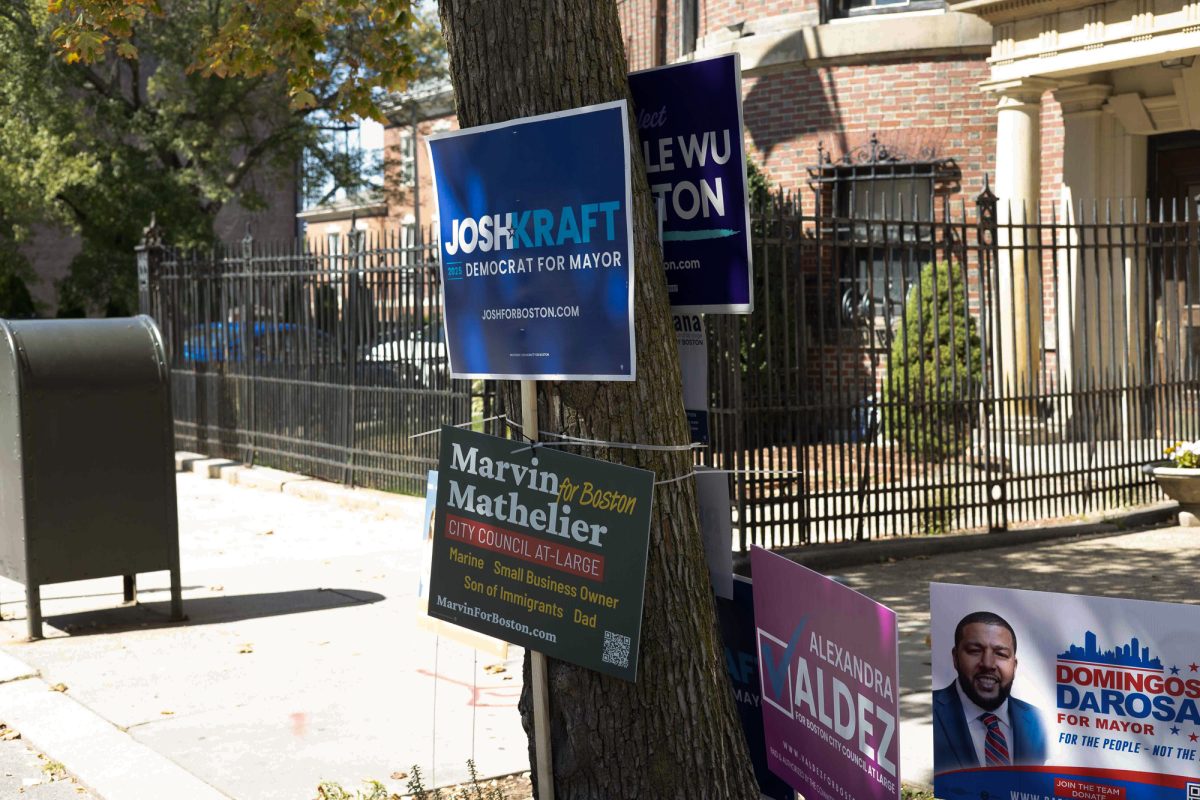To most Americans, Guantanamo Bay detention camp is that mysterious stretch of U.S.-owned land somewhere in Cuba where, we are told, the most dangerous known enemies to our country have been held in captivity since 2002. We’ve heard rumors about what supposedly goes on in that strange land – water-boarding, verbal abuse and other forms of torture – but little factual evidence exists of the reality of prison life there. That however, could change.
On Friday, U.S. District Judge Gladys Kessler ordered the U.S. government to release 28 videos of Guantanamo Bay prison guards – members of the U.S. Military – force-feeding prisoner Abu Wa’el Dhiab through his nose. Dhiab, who along with several other prisoners has been on a hunger strike since 2012, sued the U.S. government for force-feeding him to prevent his starvation, citing the methods as abusive.
“I want Americans to see what is going on in the prison today, so they will understand why we are hunger-striking and why the prison should be closed,” Dhiab stated in the court documents. “If the American people stand for freedom, they should watch these tapes. If they truly believe in human rights, they need to see these tapes.”
Dhiab has been detained at Guantanamo Bay since 2002. The reason for his imprisonment has not been disclosed, and he was detained without a trial. Despite having been cleared for release in 2009, Dhiab has remained on the island under indefinite imprisonment, according to U.S. District Court filings from the original Dhiab v. Obama case.
Dhiab initially sued the U.S. government for force-feeding him, and Kessler denied his request, stating that ceasing to force-feed Dhiab would result in his death. However, various high-profile news outlets, including the Associated Press, intervened in the case, demanding access to the videos of Dhiab’s alleged torture.
Despite having a government that purports to strive for transparency, U.S. government officials are reluctant for the American public to review these videos. Their initial argument was that releasing the videos would harm national security by revealing the physical layout of the prison and showing the faces of the guards, according to the Los Angeles Times. However, after the filing was revised to request that the videos be released with the names, faces and voices of all other people besides Dhiab be edited out, the government retorted that releasing the videos created a risk that they would be used for propaganda against the government.
While the indignity of being force-fed through your nose while trying to execute a hunger strike certainly sounds tortuous, the guards at Guantanamo Bay have an obligation to keep the prisoners alive. Hunger strikes inevitably result in starvation if carried on long enough, and it is likely that a prisoner who has been detained since 2002 is hunger striking with an objective to die. Thus, the act of force-feeding is not entirely incorrect.
Despite there being little proven knowledge of what happens on Guantanamo Bay, most people can guess that treatment of the prisoners there is incredibly brutal. On the one hand, the detainees are allegedly terrorists who, if released, could plot against the United States. Surely, most Americans would not like to see these people walking free. On the other hand, watching anybody, even a terrorist, be tortured is likely to tug at the heartstrings of anyone with, well, a heart, and watching real video footage of prisoners being force-fed could result in citizens sympathizing with the enemy and resenting the government. With the current Secret Service crisis causing Americans to question the capability of our national security forces, the last thing the government wants is another mark against their reputation.
Yet, American citizens – and the media especially – are supposed to serve as watchdogs to the government’s decisions. Guantanamo Bay is operated on American taxpayer dollars, and if prisoners there are claiming torture, Americans have the right to see for themselves if their claims are valid. Sure, the government probably does not want the protests, but allowing its citizens to remain ignorant crosses the boundary between governmental guidance and governmental control.

















































































































